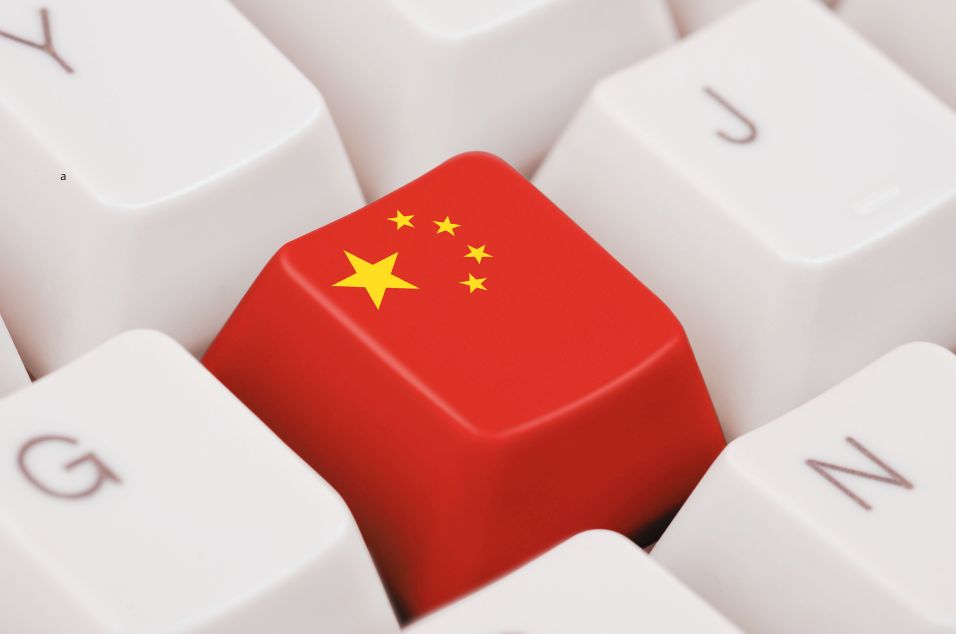Those who see China only as the ‘world’s factory’ are still looking at a country that no longer exists. In recent decades, the Asian giant has become a continental-scale laboratory, capable of designing proprietary chips, training foundational AI models, creating vertical digital ecosystems, and deploying applications for hundreds of millions of people in weeks. It’s more than technology—it’s culture, strategy, and execution.
I was able to observe all this up close during an immersive experience with companies like Huawei, Alibaba Cloud, Meituan, Kwai, SenseTime, and Nio, as well as innovation centers in Beijing, Hangzhou, and Shanghai. I also attended the 8th World Artificial Intelligence Conference (WAIC), which brought together global leaders under the theme ‘Global Solidarity in the AI Era.’ This firsthand exposure allowed me to see how technology, culture, and strategy intertwine to create nationwide impact.
China’s engine starts long before the first prototype. Culture and education are at its core. In a country that was never colonized and carries over 5,000 years of history, trust is built slowly—but once a decision is made, execution is swift. Work follows an intense pace (the famous 9/9/6 model), and education is treated as a strategic driver of innovation, with significant investment and pressure to produce talent at massive scale.
This cultural foundation meets a coordinated business and government ecosystem. Huawei, for instance, allocates 20% of its revenue to R&D and develops its own AI models; Alibaba Cloud vertically integrated its entire tech stack and created the Qwen model family; Meituan handles 150 million daily orders by combining multiple services in a super app; and Kwai already connects over 60 million users in Brazil to social commerce—a phenomenon that accounts for over 25% of e-commerce in China. Models like the X27 (shopping transformed into a mega live-commerce studio) and brands like Nio, with robotically removable batteries in 3 minutes (BaaS system, battery as a service) and integrated virtual assistants, illustrate how innovation permeates entire sectors.
What’s impressive isn’t just what China creates, but the speed and scale at which it deploys. AI models trained for specific sectors go live quickly, and autonomous agents are already active in retail, healthcare, mobility, and public management. All this is supported by data infrastructure and digital penetration reaching over 99% of the population.
Brazil, on the other hand, progresses in a more fragmented way. We have technical talent, creativity, and a sizable domestic market, but face structural barriers: slower regulatory frameworks, still-modest R&D investments, and little integration between government, businesses, and academia. Our digitization advances, but without the same technological verticalization or a robust national strategy that aligns sectors and sets long-term priorities.
Of course, China’s model isn’t easily replicable. It’s deeply rooted in its history, political system, and culture. But there are clear lessons: heavy, sustained investment in research; treating technology as a sovereignty asset; enabling companies to innovate in infrastructure and standards, not just products; and above all, coordinating efforts to understand that digital competitiveness is built over decades, not election cycles.
The world is entering an era where AI, data integration, and applied innovation will define not just markets, but nations’ geopolitical standing. China has already grasped this and is executing. Brazil has the foundation to learn fast and ambitiously apply these insights. How do we implement—with coordination and speed—what’s already proven to drive global competitiveness?
*Gustavo Pinto is a senior researcher at Zup Labs, a division dedicated to research and development (R&D) in Generative AI, where he conducts applied research for Zup—a tech company part of the Itaú Unibanco group—and its clients. With a Ph.D. in Computer Science from UFPE, Gustavo has authored over 100 scientific papers in software engineering.


